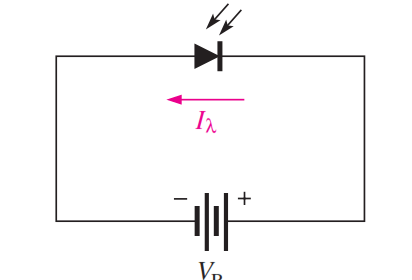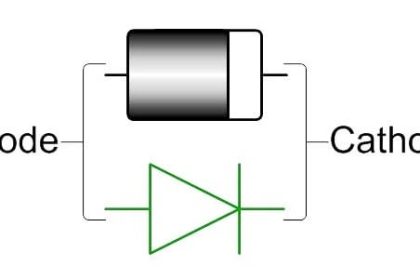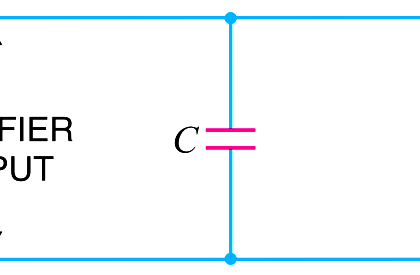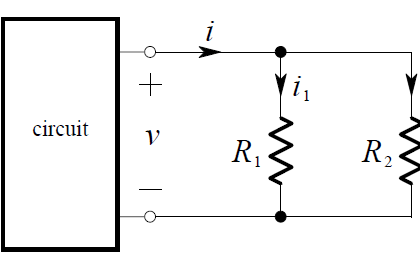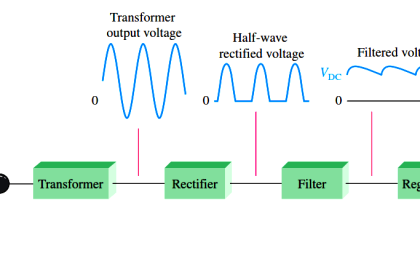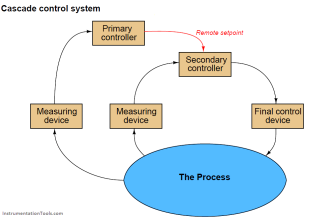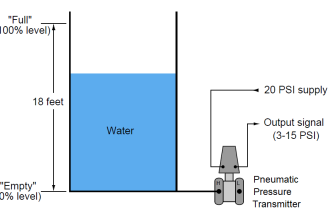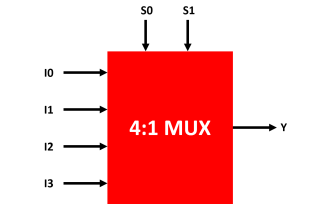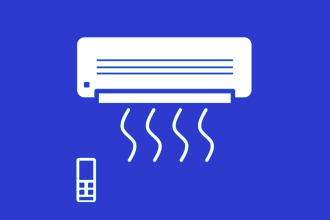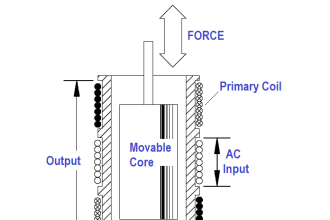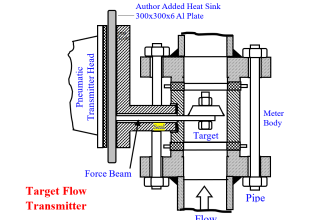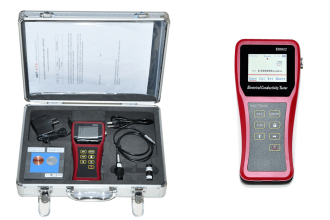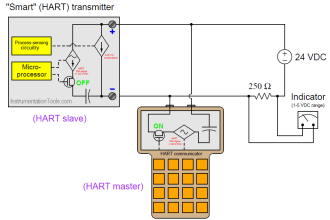Types of Diodes:
Small signal or Small current diode – These diodes assumes that the operating point is not affected because the signal is small.
Large signal diodes – The operating point in these diodes get affected as the signal is large.
Zener diodes – This diode runs in reverse bias condition when the voltage reaches the breakdown point. A stable voltage can be achieved by placing a resistor across it to limit the current. This diode is used to provide reference voltage in power supply circuits.
Light emitting diodes (LED) – This is the most popular kind of diode.When it works in the forward bias condition, the current flows through the junction to produce the light.
Photodiodes – The electrons and holes are generated as light strikes across the p-n junction causing the current to flow. Theses diodes can work as photodetector and are used to generate electricity.
Constant current diodes – This diode keeps the current constant even when the voltage applied keeps changing. It consists of JFET (junction – field effect transistor) with the source shorted to the gate in order to function like a two – terminal current limiter or current source.
Schottky diode – These diodes are used in RF applications and clamping circuits. This diode has lower forward voltage drop as against the silicon PN junction diodes.
Shockley diode – This is a four layer diode which is also known as PNPN diode. This diode is similar to thyristor where the gate is disconnected.
Step recovery diodes – This semiconductor diode has the ability to generate short pulses and hence it is used in microwave applications as a pulse generator.
Tunnel diodes – This diode is heavily doped in the forward bias condition that has a negative resistance at extremely low voltage and a short circuit in the negative bias direction. This diode is useful as a microwave amplifier and in oscillators.
Varactor diodes – This diode works in reverse bias condition and restricts the flow of current through the junction. Depending on the amount of biasing, the width of the depletion region keeps varying. This diode comprises of two plates of a capacitor with the depletion region amidst them. The variation in capacitance depends upon the depletion region and this can varied by altering the reverse bias on the diode.
PIN diodes – This diode has intrinsic semiconductor sandwiched between P- type and N- type region. Doping does not occur in this type of diode and thereby the intrinsic semiconductor increases the width of the depletion region. They are used as ohtodiodes and radio frequency switches.
LASER diode – This diode produces laser type of light and are expensive as compared to LED. They are widely used in CD and DVD drives.
Transient voltage supression diodes – This diode is used to protect the electronics that are sensitive against voltage spikes.
Gold doped diodes – These diodes use gold as the dopant and can operate at signal frequencies even if the forward voltage drop increases.
Super barrier diodes – These are also called as the rectifier diodes. These diodes have the property of low reverse leakage current as that of normal p-n junction diode and low forward voltage drop as that of Schottky diode with surge handling ability.
Point contact diodes – The construction of this diode is simpler and is used in analog applications and as a detector in radio receivers. This diode is built of n – type semiconductor and few conducting metals placed to be in contact with the semiconductor. Some metals move from towards the semiconductor to form small region of p- type semiconductor near the contact.
Peltier diodes – This diode is used as heat engine and sensor for thermoelectric cooling.
Gunn diode – This diode is made of materials like GaAs or InP that exhibit a negative differential resistance region.
Crystal diode – These are a type of point contact diodes which are also called as Cat’s whisker diode. This diode comprises of a thin sharpened metal wire which is pressed against the semiconducting crystal. The metal wire is the anode and the semiconducting crystal is the cathode. These diodes are obsolete.
Avalanche diode – This diode conducts in reverse bias condition where the reverse bias voltage applied across the p-n junction creates a wave of ionization leading to the flow of large current. These diodes are designed to breakdown at specific reverse voltage in order to avoid any damage.
Silicon controlled rectifier – As the name implies this diode can be controlled or triggered to the ON condition due to the application of small voltage. They belong to the family of Thyristors and is used in various fields of DC motor control, generator field regulation, lighting system control and variable frequency drive. This is three terminal devices with anode, cathode and third controlled lead or gate.
Vaccum diodes – This diode is two electrode vacuum tube which can tolerate high inverse voltages.
